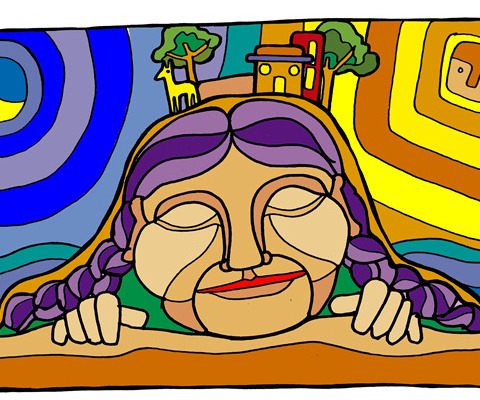Social media platforms for sustainable education, and activism
Nowadays, it is important to identify effective ways of educating toward sustainable development and global change goals defined by UNESCO - Education for Sustainable Development (ESD). “Education for Sustainable Development aims to develop competencies that enable and empower individuals to reflect on their own actions by taking into account their current and future social, cultural, economic and environmental impacts from both a local and a global perspective. ESD should be understood as an integral part of quality education and lifelong learning. All educational institutions ranging from preschool to tertiary education and including both non-formal and informal education should consider it their responsibility to address sustainable development to foster the development of key cross-cutting competencies related to sustainability. ESD consists of holistic and transformational education that addresses learning content and outcomes, pedagogy and the learning environment” (UNESCO, 2020).
Lesson 1: Social media and activism
Social media has been taking an increasingly expansive, invasive, and persuasive role in shaping the individuals’ – and hence – the families’ and society’s behaviour, actions, habits, consumption, production, and educational patterns. Thus, social media seems to be a powerful source and a tool for promoting and activism for sustainable education and development. It has enormous potential for:
- Highlighting and putting emphasis on issues of sustainability development.
- Bridging education divides.
- Increasing people’s knowledge, awareness, skills, and actions for sustainable living.
Speed communication with widely distributed networks of learners stimulates many-to-many learning experiences and reduces geographical and time constraints. Social media enable innovative ways to reach out to learners, including those belonging to minority or disadvantaged groups, as well as those with special needs. Several studies have already demonstrated that active participants integration with technologies and connections through social media has numerous benefits:
- it integrates problem-solving approaches that motivate learners,
- improves their collaborative skills,
- train self-study skills,
- embrace the diversity of learners’ population in addition to promoting sustainable practices (Sayaf, Alamri, Alqahtani, Al-Rahmi, 2021).
Lesson 2: Building an online community
Social media help to build a strong online community by connecting with others and teaching how to create engagement through interaction. Social media helps participants to create collaborative learning environments and to develop the teamwork skills necessary for sustainable development. Such possibilities provide peers the opportunity to create new knowledge-building structures to help them play an active role in the knowledge-creation processes, learn from diverse social and cultural backgrounds and construct knowledge from their cultural and educational experiences.
A key challenge for this section is, therefore, to help educational communities distinguish between usages of social media to support sustainable education from all the dangers connected to the huge Internet realm – like misinformation and fake news.
The Peer-to-peer learning approach in the context of global education, sustainability, and usage of social media as a tool for connection, interactions, and share of knowledge is, in some aspects, an integral part of it. Sustainable education and social media involvement can support each other, create models of lifelong learning processes (Lander, Stever, 2017) by disseminating and promoting social movements like “School strike for climate” and bring powerful examples to follow like young influencers such as Greta Thunberg.

